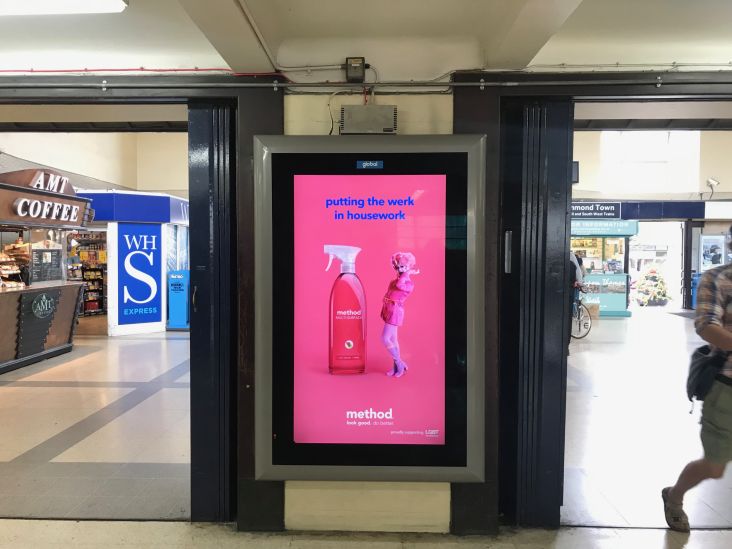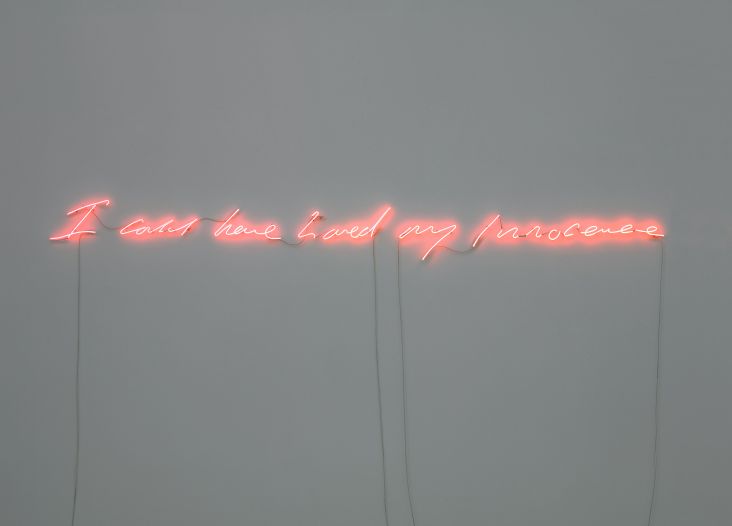Blue Alabama: Photographer Andrew Moore's tender, surprising portrait of America's Deep South
Andrew Moore photographs places in transition: Cuba, Detroit, the High Plains. For his latest project, he turns his attention to Alabama – a region with a complex relationship to the past.
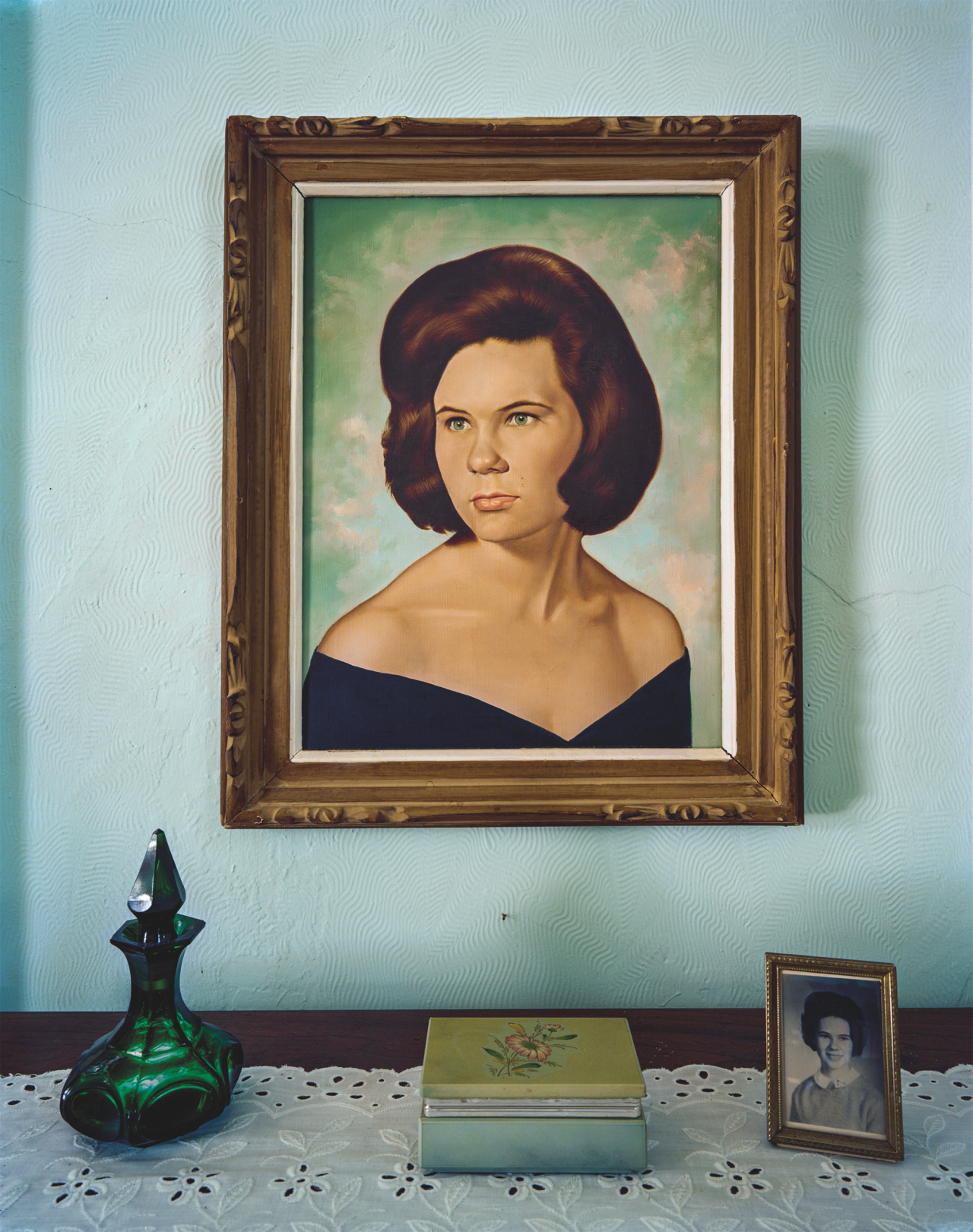
Girl in Green at Westwood, Uniontown © Andrew Moore, from Blue Alabama. Via Creative Boom submission. All images courtesy of the photographer.
Taking his usual in-depth approach, the American photographer spent four years in lower Alabama, searching for what he called "that 'deep history' which resides in the humblest of settings". And Alabama’s Black Belt – named for its fertile soil and deeply associated with the region’s African American culture – has that history. Before the Civil War, the region was the nation’s highest producer of cotton. Later on, it was the site of some of the Jim Crow era’s most vicious violence as well as the Civil Rights Movement’s key battles.
Photographic history also runs thick through Alabama. The tenant farmers immortalised in James Agee and Walker Evans’ Let Us Now Praise Famous Men (1941) were residents, and some of the most famous images of the Civil Rights Movement – Bull Connor’s police dogs in Birmingham, the standoff at the Edmund Pettus Bridge in Selma – were produced here.
Moore’s photographs of the Black Belt honour its complicated histories but depart from them, avoiding stereotypes and finding the hope, resilience and creativity that animate this place.
With the photographer acting "as a listener at history’s doorstep," his series, Blue Alabama, offers a tender, surprising portrait of the South – a region marked by economic, social and cultural divisions, but also a love of history, tradition and land.
You can enjoy this compelling series in a new book of the same name, which also includes a previously unpublished story by award-winning American novelist Madison Smartt Bell. *Andrew Moore: Blue Alabama is published by Damiani and out in September.

Pearlie’s Front Room, Wilcox County © Andrew Moore, from Blue Alabama
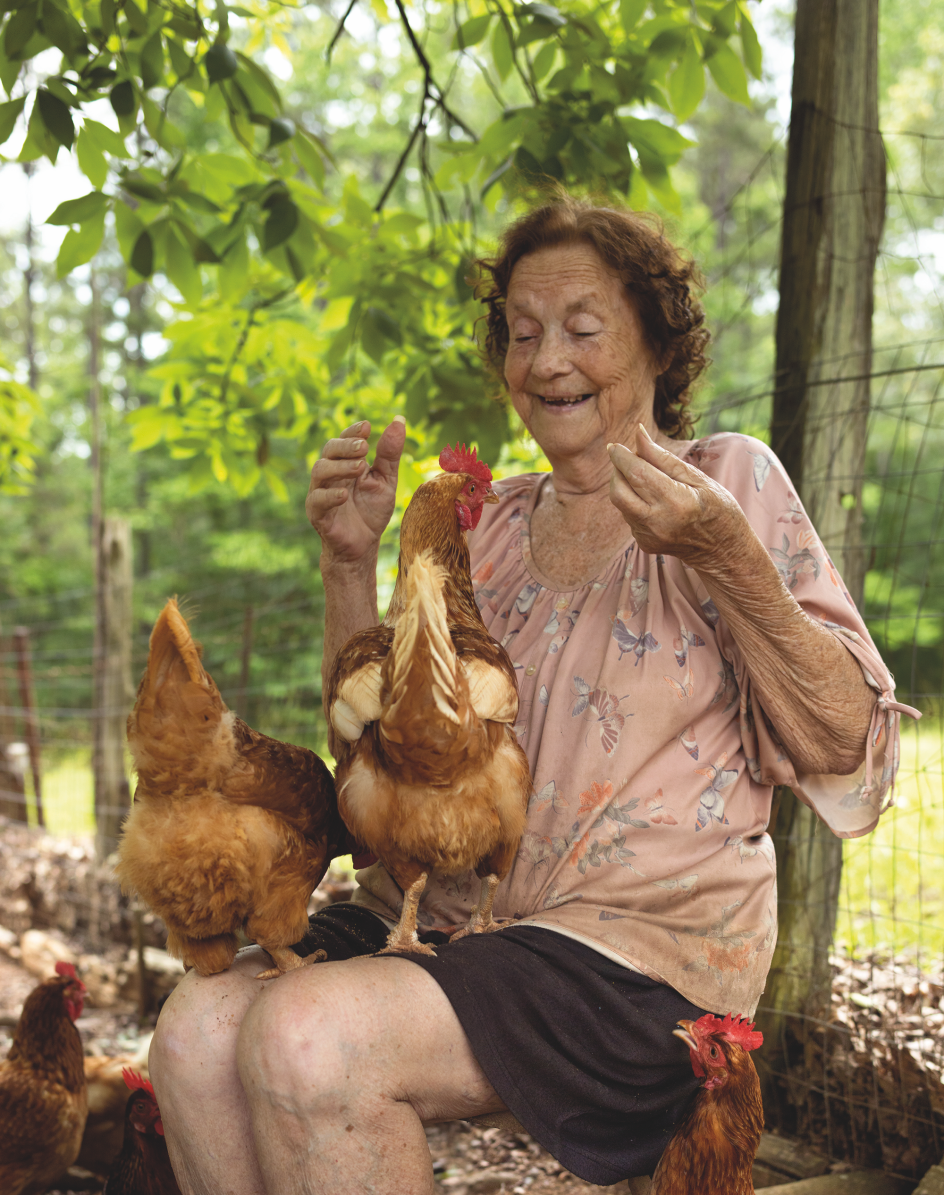
Pearlie and Her Pets, Wilcox County © Andrew Moore, from Blue Alabama
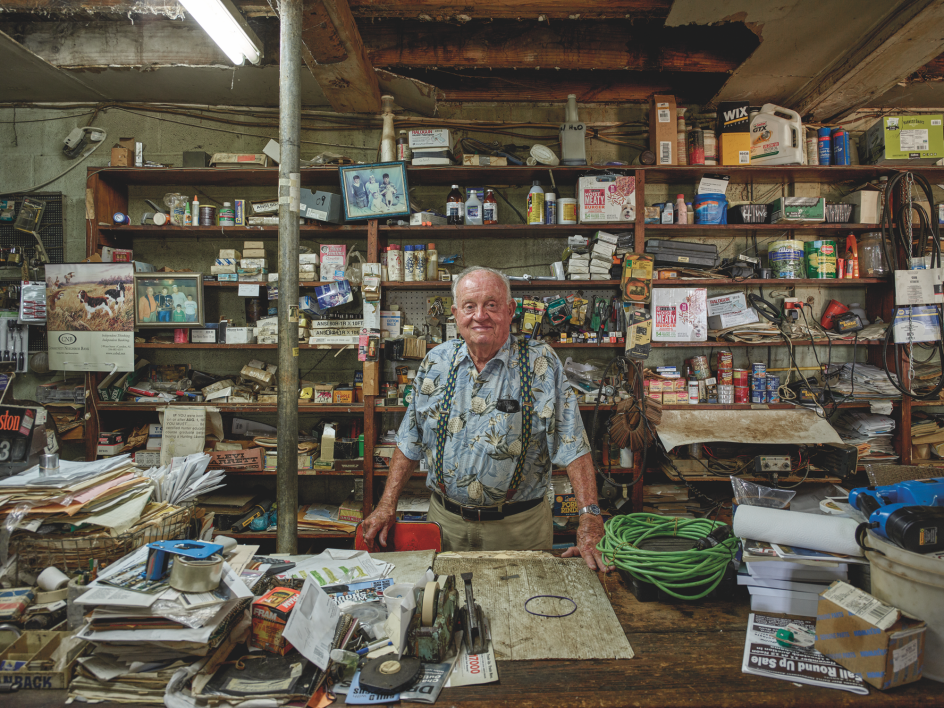
Alvin G. Stone at His Store, Pine Apple © Andrew Moore, from Blue Alabama
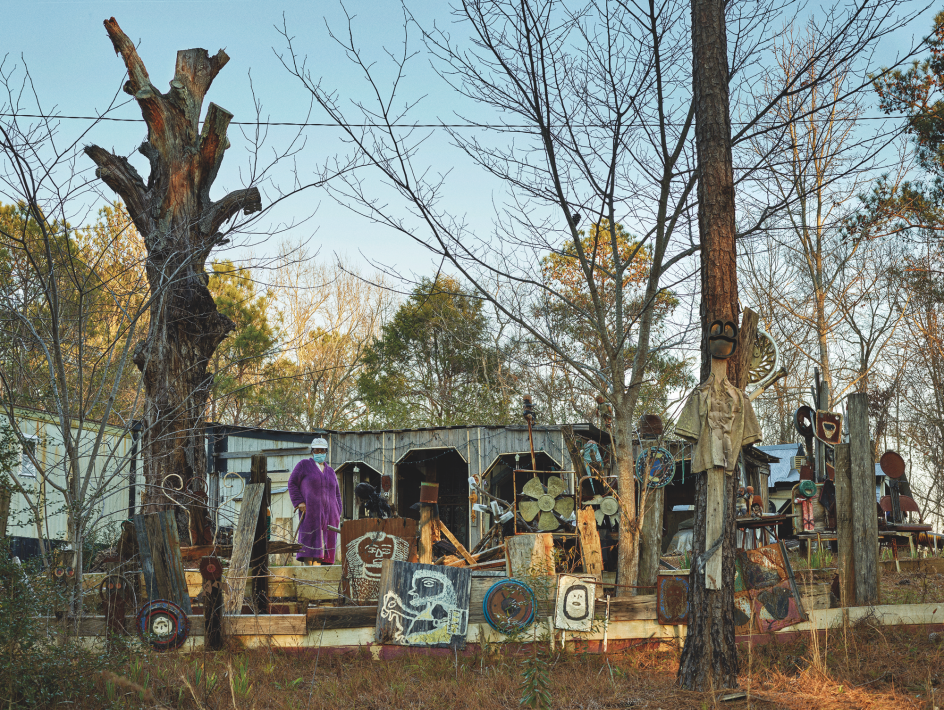
Annie Kornegay and the Garden of the Two-Headed Priest, Perryville © Andrew Moore, from Blue Alabama

Butch Anthony at His Drive-Thru Art Museum, Seale © Andrew Moore, from Blue Alabama
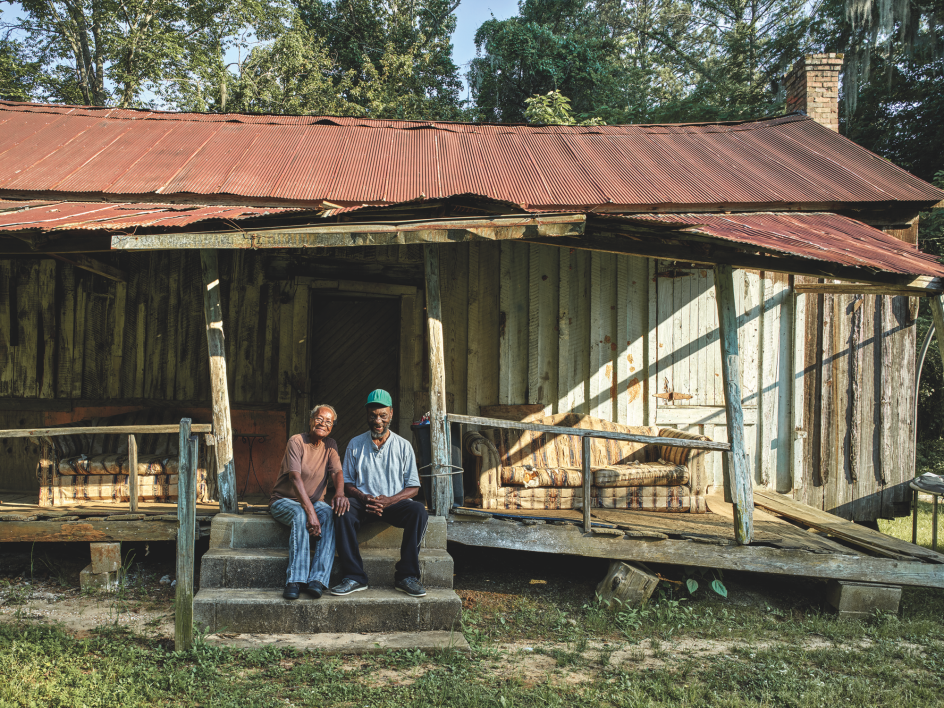
Eliza Bonner and Her Brother Cornell Jenkins at Momma’s Old House, Snow Hill © Andrew Moore, from Blue Alabama

Chilly’s ICE Cool Band, Union Springs © Andrew Moore, from Blue Alabama
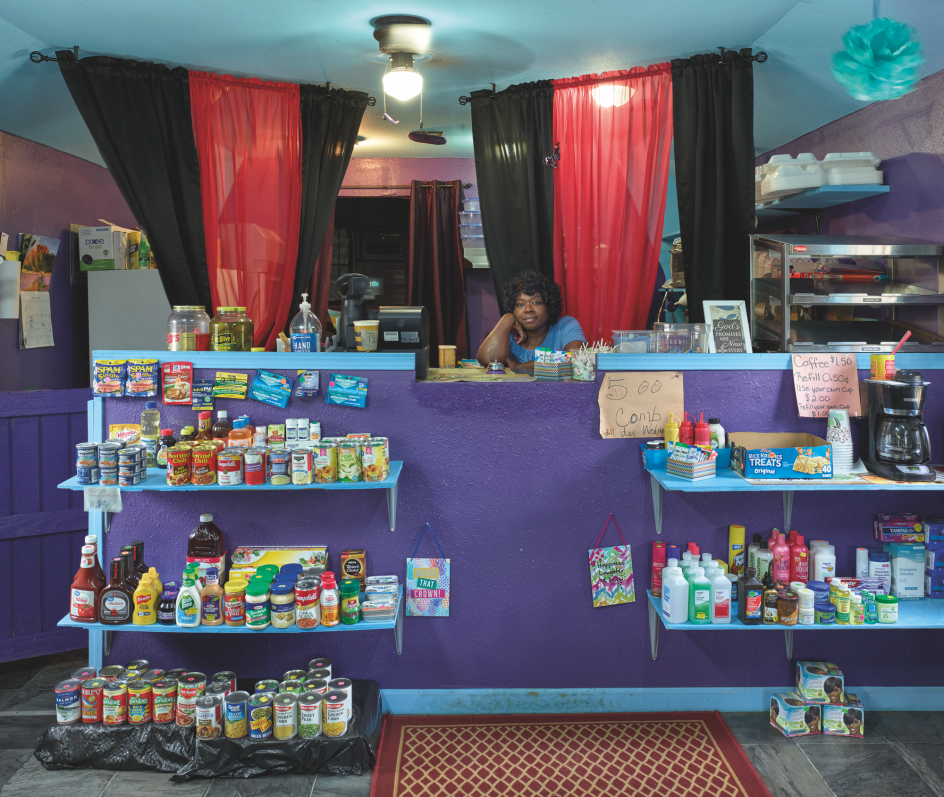
Yolanda Walker at The Purple Bowl, Pink Bottom © Andrew Moore, from Blue Alabama
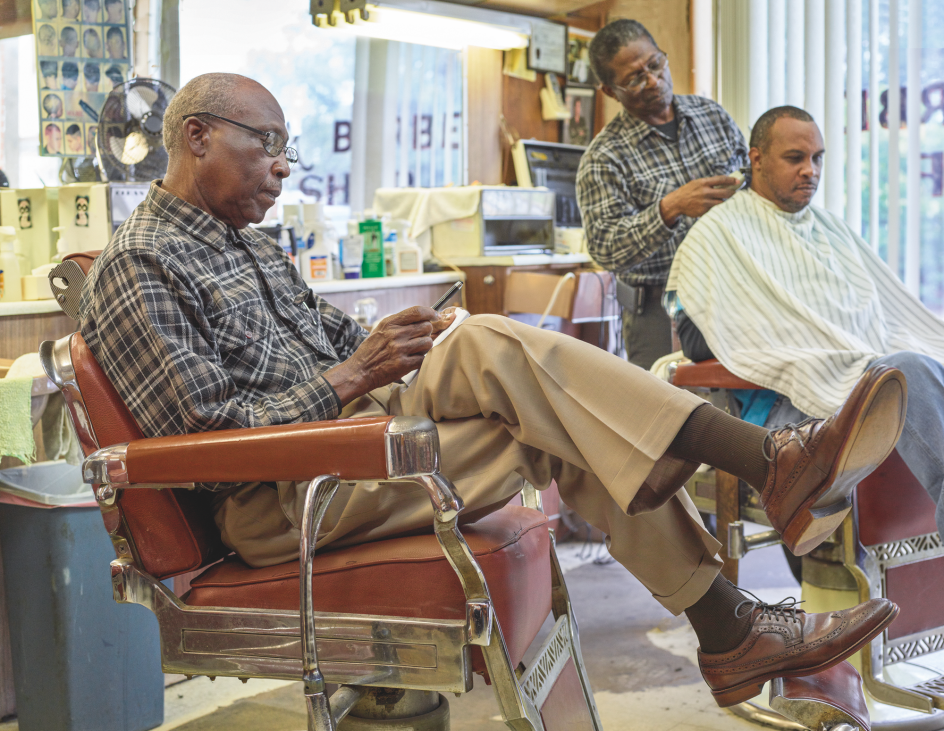
Gene’s Barbershop, Greensboro © Andrew Moore, from Blue Alabama
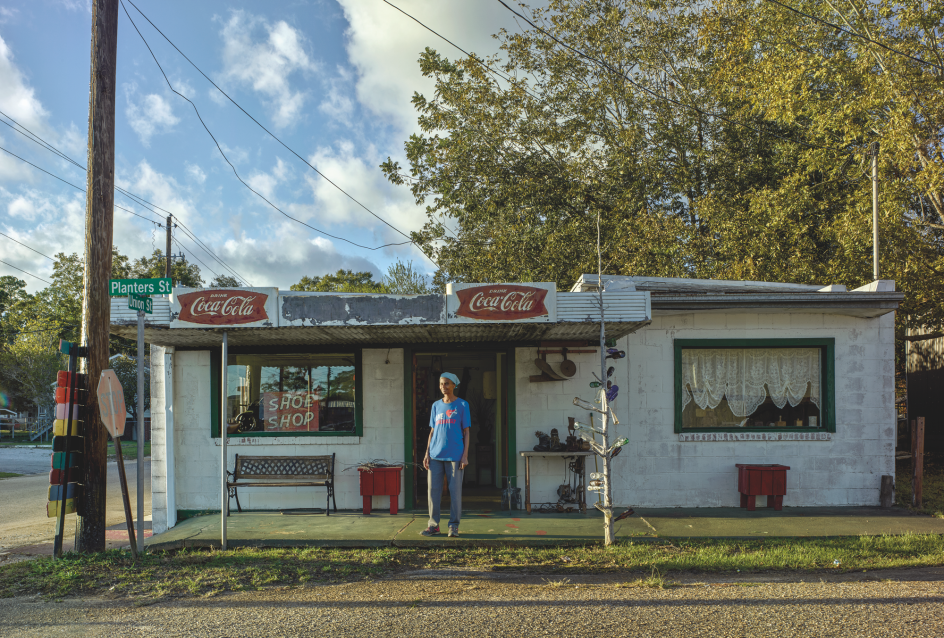
Betty and Her Shoe Museum, Camden © Andrew Moore, from Blue Alabama
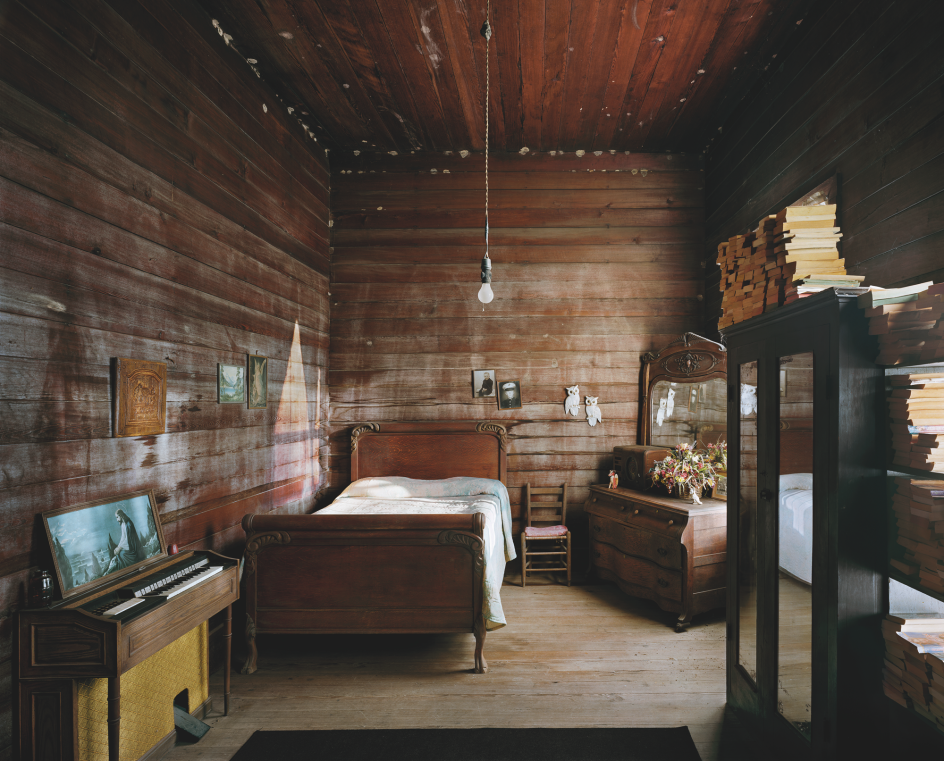
Entry Hall at Broken Arrow, Wilcox County © Andrew Moore, from Blue Alabama
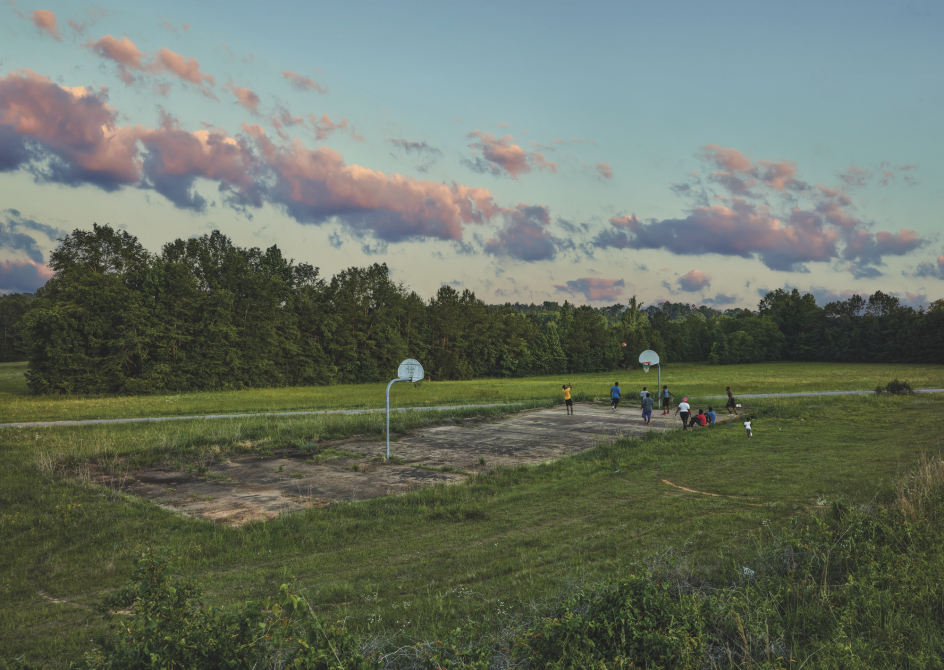
Grounds of Snow Hill Institute, Snow Hill © Andrew Moore, from Blue Alabama




 by Tüpokompanii](https://www.creativeboom.com/upload/articles/58/58684538770fb5b428dc1882f7a732f153500153_732.jpg)

 using <a href="https://www.ohnotype.co/fonts/obviously" target="_blank">Obviously</a> by Oh No Type Co., Art Director, Brand & Creative—Spotify](https://www.creativeboom.com/upload/articles/6e/6ed31eddc26fa563f213fc76d6993dab9231ffe4_732.jpg)










